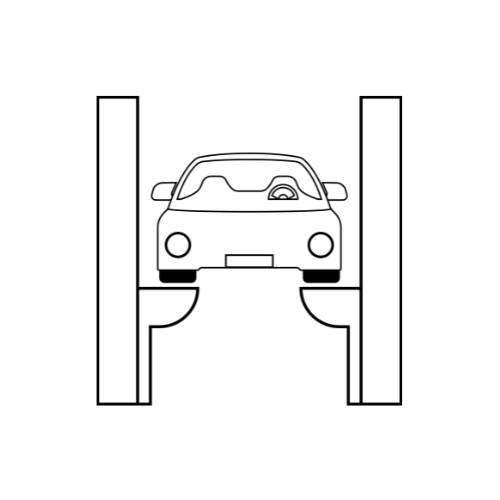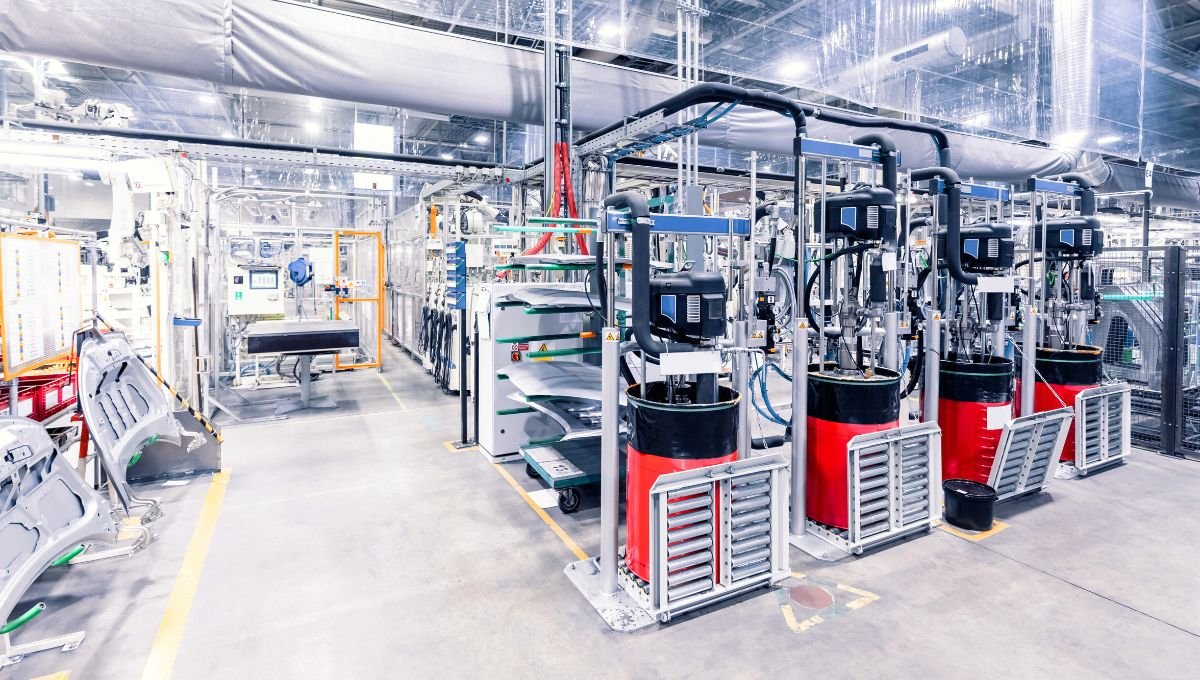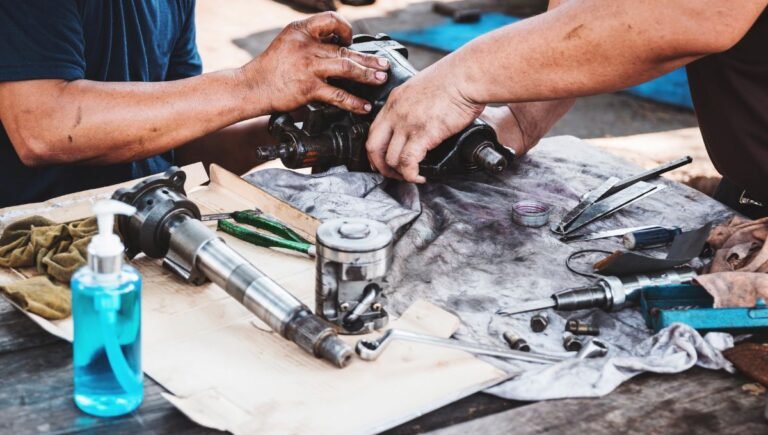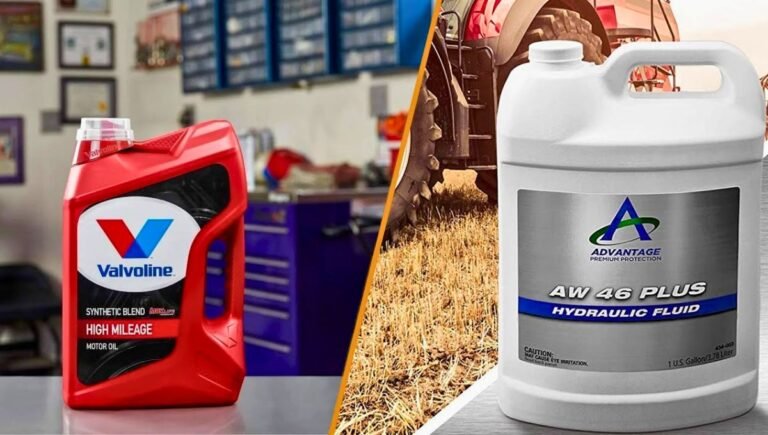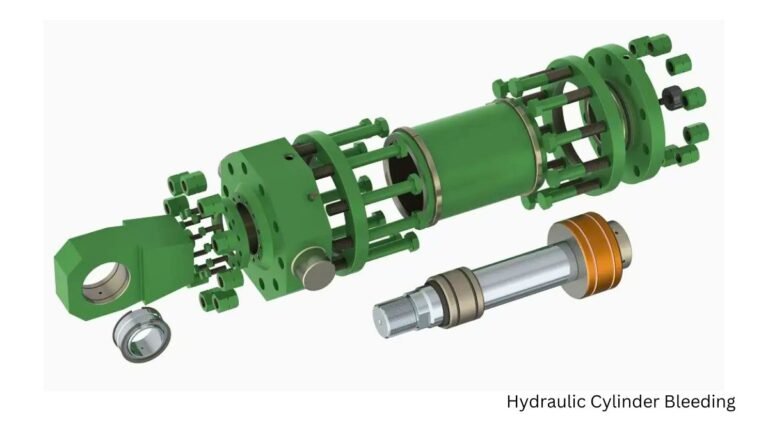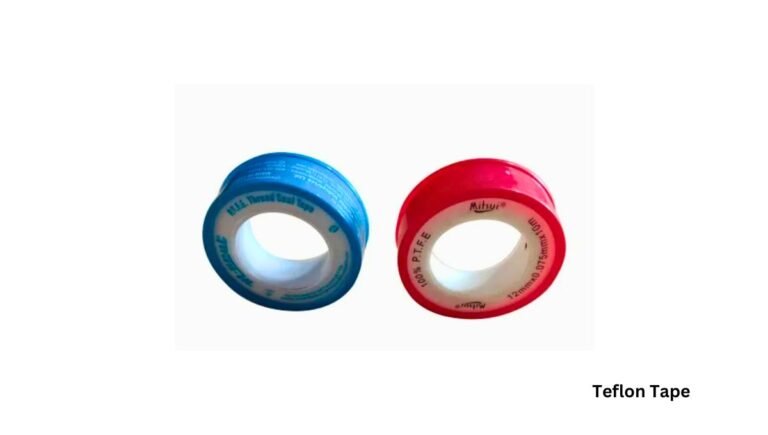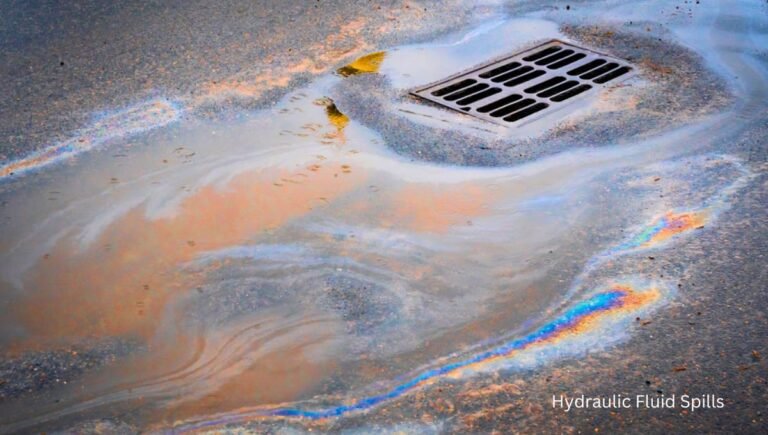How to Reduce Hydraulic Oil Temperature? 5 Cool Tips
To reduce hydraulic oil temperature, ensure proper cooling and maintain optimal fluid levels. Clean or replace clogged filters regularly.
Maintaining appropriate hydraulic oil temperature is crucial for system efficiency and longevity. Excessive heat can cause oil degradation, leading to equipment wear and potential failure. Proper cooling systems, such as heat exchangers or cooling fans, help dissipate heat effectively. Regularly check and clean filters to ensure unobstructed oil flow.
Using high-quality hydraulic oil with appropriate viscosity can also aid in temperature control. Monitoring and maintaining fluid levels prevent overheating issues. Implementing these practices ensures a stable operating temperature, enhancing the performance and lifespan of hydraulic systems.
The Heat Challenge In Hydraulic Systems

Hydraulic systems often face the challenge of high oil temperature. This can reduce system efficiency and cause damage. Understanding how to manage this heat is crucial.
Consequences Of High Oil Temperature
High oil temperature can lead to many issues, such as:
- Reduced viscosity: Oil becomes thinner, reducing lubrication.
- Increased wear: Parts wear out faster with less lubrication.
- Oxidation: Oil breaks down quicker, leading to sludge.
- Seal damage: High heat can damage seals, causing leaks.
Ideal Operating Temperature Range
The ideal temperature range for hydraulic oil is crucial. Keeping oil within this range ensures efficiency. Generally, the range is:
| Temperature Range | Effect |
|---|---|
| 60°C – 70°C | Optimal performance |
| Above 80°C | Risk of damage |
| Below 50°C | Reduced efficiency |
Maintaining this range helps extend the life of the system.
Tip 1: Regular Maintenance Checks
Regular maintenance checks are essential for reducing hydraulic oil temperature. These checks ensure the system runs efficiently. Neglecting maintenance can lead to overheating and damage. Follow the tips below for effective maintenance.
Cleaning Heat Exchangers
Heat exchangers play a key role in managing oil temperature. They transfer heat away from the hydraulic system. Over time, dirt and debris can clog them. This reduces their efficiency. Regular cleaning keeps them working well.
- Inspect heat exchangers monthly.
- Use compressed air to remove dust.
- Check for any signs of corrosion.
- Replace damaged parts immediately.
Inspecting Oil For Contamination
Contaminated oil can increase hydraulic oil temperature. It reduces lubrication and causes friction. Regular oil inspection is crucial.
- Check oil color and consistency.
- Look for any metal particles.
- Use oil testing kits for accurate results.
- Replace oil if contamination is detected.
Keeping the oil clean ensures the hydraulic system runs smoothly. This helps in maintaining optimal temperature.
| Maintenance Task | Frequency | Importance |
|---|---|---|
| Heat Exchanger Cleaning | Monthly | High |
| Oil Contamination Check | Bi-Monthly | Critical |
Tip 2: Optimize Hydraulic Fluid Viscosity
Maintaining the right hydraulic fluid viscosity is crucial. It helps reduce hydraulic oil temperature effectively. Fluid viscosity impacts the efficiency and performance of hydraulic systems.
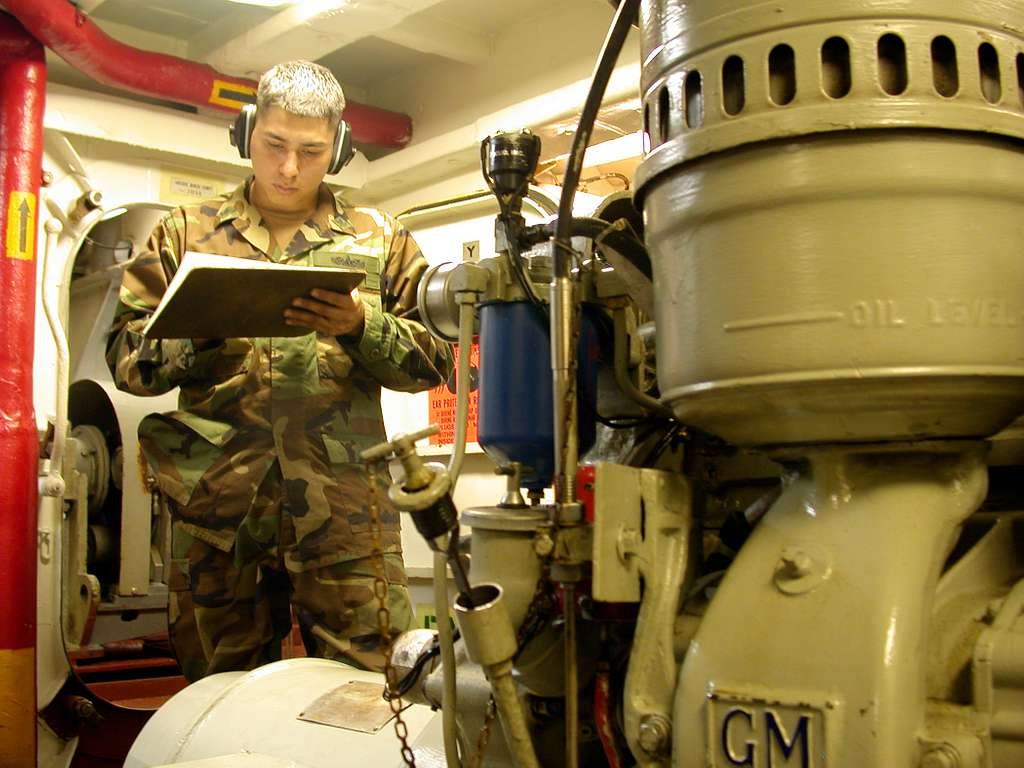
Choosing The Right Oil
Choosing the right oil is essential. It ensures the hydraulic system runs smoothly. The correct oil type minimizes friction and heat generation. Refer to the manufacturer’s guidelines for oil recommendations.
| Oil Type | Viscosity Range | Ideal Temperature |
|---|---|---|
| ISO VG 32 | 28-35 cSt | -5°C to 55°C |
| ISO VG 46 | 41-50 cSt | -5°C to 65°C |
| ISO VG 68 | 61-75 cSt | -5°C to 75°C |
Viscosity And Temperature Relationship
Viscosity and temperature are interconnected. As temperature rises, viscosity decreases. Low viscosity can cause leaks and wear. High viscosity can lead to inefficiencies and overheating. Maintaining the right balance is key.
- Low Viscosity: Causes leaks and poor lubrication.
- High Viscosity: Increases internal friction and heat.
- Optimal Viscosity: Reduces wear and maintains system efficiency.
Monitor the hydraulic system’s temperature regularly. Adjust the fluid viscosity according to the operating conditions. This ensures the system remains efficient and cool.
Tip 3: Enhance Cooling Efficiency
Cooling efficiency is vital for maintaining optimal hydraulic oil temperatures. Keeping the oil cool ensures your hydraulic system runs smoothly. Let’s explore how to enhance cooling efficiency.
Upgrading The Cooling System
Upgrading the cooling system can significantly reduce hydraulic oil temperature. Consider installing high-capacity cooling fans. These fans provide better airflow, cooling the oil faster.
Another upgrade option is using high-performance heat exchangers. Heat exchangers transfer heat more efficiently, lowering oil temperature quickly.
Ensure the cooling system is clean and free from debris. A clean system works more efficiently, enhancing cooling performance.
Implementing Auxiliary Coolers
Auxiliary coolers are additional cooling units. They work alongside the primary cooler to boost cooling capacity.
- Air-cooled auxiliary coolers: Use air to dissipate heat. These are easy to install and cost-effective.
- Water-cooled auxiliary coolers: Use water to remove heat. These are more efficient but require a water source.
Choose the auxiliary cooler that best fits your system’s needs. Proper placement of auxiliary coolers is crucial. Place them where airflow is unobstructed for maximum efficiency.
Regular maintenance of auxiliary coolers is essential. Clean them and check for any blockages to ensure they work effectively.
Tip 4: Smart System Design
One of the most effective ways to reduce hydraulic oil temperature is through smart system design. Thoughtful design helps minimize heat generation and optimize cooling. Let’s explore how this can be achieved by focusing on two critical areas: heat load calculations and component sizing and placement.
Heat Load Calculations
Accurate heat load calculations are essential for efficient hydraulic systems. Calculating the heat load involves understanding the energy losses in the system. These losses often convert into heat.
To perform accurate heat load calculations, consider the following steps:
- Measure the power input and output.
- Identify the sources of energy loss.
- Calculate the heat generated from these losses.
These steps help you understand the total heat load. Knowing the heat load enables you to design an effective cooling system.
Component Sizing And Placement
Proper component sizing and placement is crucial for reducing hydraulic oil temperature. Oversized or undersized components can lead to inefficiencies and excess heat.
Consider these guidelines for optimal component sizing:
- Match the pump size to the hydraulic system’s requirements.
- Ensure valves and actuators are properly sized.
- Use heat exchangers that can handle the calculated heat load.
Placement of components also plays a vital role. Here are some placement tips:
- Place heat exchangers in well-ventilated areas.
- Keep high-heat-generating components away from sensitive parts.
- Ensure proper airflow around the cooling components.
By focusing on these aspects, you can design a hydraulic system that minimizes heat generation and efficiently manages heat dissipation.
Tip 5: External Temperature Control
Hydraulic systems often face overheating issues, which can lead to inefficiency and damage. One effective method to combat this problem is through external temperature control. This involves managing the external factors that influence the hydraulic system’s temperature. Here, we will explore two primary strategies under this tip: Ambient Temperature Management and Shading and Ventilation Improvements.
Ambient Temperature Management
The temperature around your hydraulic system can affect its performance. Managing ambient temperature can help keep hydraulic oil cool. Here are some steps to manage ambient temperature:
- Keep the system away from heat sources: Avoid placing the system near machines that generate heat.
- Use insulation: Insulate the hydraulic system to reduce heat absorption.
- Install cooling systems: Use air conditioning or fans to cool the environment.
Shading And Ventilation Improvements
Providing shade and improving ventilation are essential for temperature control. These simple adjustments can significantly reduce the system’s temperature:
- Install shades or awnings: Protect the hydraulic system from direct sunlight.
- Ensure proper ventilation: Place the system in a well-ventilated area.
- Use exhaust fans: Remove hot air from the vicinity of the hydraulic system.
These measures can help in maintaining an optimal temperature for your hydraulic system, ensuring its efficiency and longevity.
Monitoring And Controlling Heat Generation
Hydraulic systems often face the challenge of excessive heat. Reducing hydraulic oil temperature is crucial for optimal performance. Monitoring and controlling heat generation helps maintain system efficiency.
Real-time Temperature Sensors
Real-time temperature sensors are essential for monitoring hydraulic oil temperature. These sensors provide accurate and continuous data. They help identify heat spikes immediately.
Using real-time sensors, operators can take prompt action. This prevents damage and ensures the longevity of the system. Here are some benefits of real-time temperature sensors:
- Accurate Data: Provides precise temperature readings.
- Immediate Alerts: Notifies operators of sudden temperature increases.
- Preventive Measures: Enables timely interventions to avoid system failures.
Installing these sensors is straightforward. They can be integrated into existing systems with minimal disruptions.
Using Thermal Cameras
Thermal cameras are another effective tool. They help in visualizing heat distribution in hydraulic systems. By capturing thermal images, operators can identify hotspots easily.
Thermal cameras offer several advantages:
- Non-invasive Monitoring: No need to stop the system for inspection.
- Early Detection: Identifies potential issues before they become problems.
- Comprehensive Analysis: Provides a complete view of heat patterns.
Here is a comparison table of Real-time Temperature Sensors and Thermal Cameras:
| Feature | Real-time Temperature Sensors | Thermal Cameras |
|---|---|---|
| Data Type | Numerical | Visual |
| Installation | Easy | Moderate |
| Alert System | Immediate | Requires Monitoring |
| Cost | Affordable | Moderate |
Combining both methods offers comprehensive heat management. It ensures the hydraulic system operates within safe temperature ranges.
Troubleshooting Common Heat Problems
Hydraulic systems often face overheating issues. These problems can affect efficiency and safety. Reducing hydraulic oil temperature is crucial. Below, we discuss troubleshooting common heat problems.
Identifying Symptoms Of Overheating
Recognizing the signs of overheating is the first step. Here are some common symptoms:
- Hydraulic oil appears dark or burnt.
- System components become excessively hot.
- Reduced system performance and efficiency.
- Frequent system shutdowns or alarms.
A table can also help you quickly identify these symptoms:
| Symptom | Description |
|---|---|
| Dark or Burnt Oil | The oil appears darker than usual. |
| Hot Components | System parts are too hot to touch. |
| Reduced Performance | The system works slower or less efficiently. |
| Frequent Shutdowns | System stops working often. |
Steps To Rectify Overheating Issues
Once symptoms are identified, take these steps to fix overheating:
- Check oil levels: Ensure the hydraulic oil is at the proper level.
- Inspect filters: Clean or replace clogged filters.
- Examine cooling systems: Check if the cooling system is working properly.
- Monitor ambient temperature: Ensure the environment is not too hot.
- Use the right oil: Make sure you are using the recommended hydraulic oil.
By following these steps, you can reduce hydraulic oil temperature effectively. Keep your system running smoothly and efficiently.
What Causes High Hydraulic Oil Temperature?
High hydraulic oil temperature is often caused by excessive friction, poor ventilation, or overloading the system. Regular maintenance and proper component selection help mitigate these issues.
How Can I Cool Hydraulic Oil?
You can cool hydraulic oil by using oil coolers, ensuring proper ventilation, and maintaining optimal fluid levels. Regularly clean and inspect cooling systems.
What Is The Ideal Hydraulic Oil Temperature?
The ideal hydraulic oil temperature typically ranges between 110°F and 140°F. Maintaining this range ensures optimal system performance and longevity.
Can Overheating Damage Hydraulic Systems?
Yes, overheating can damage hydraulic systems by degrading oil, causing seal failures, and reducing component lifespan. Prevent overheating to avoid costly repairs.
Conclusion
Reducing hydraulic oil temperature is vital for system efficiency. Regular maintenance, proper cooling, and correct oil selection help. Implementing these tips ensures longevity and optimal performance. Keep your hydraulic systems running smoothly by monitoring oil temperature consistently. Follow these steps to achieve a reliable and efficient hydraulic system.
